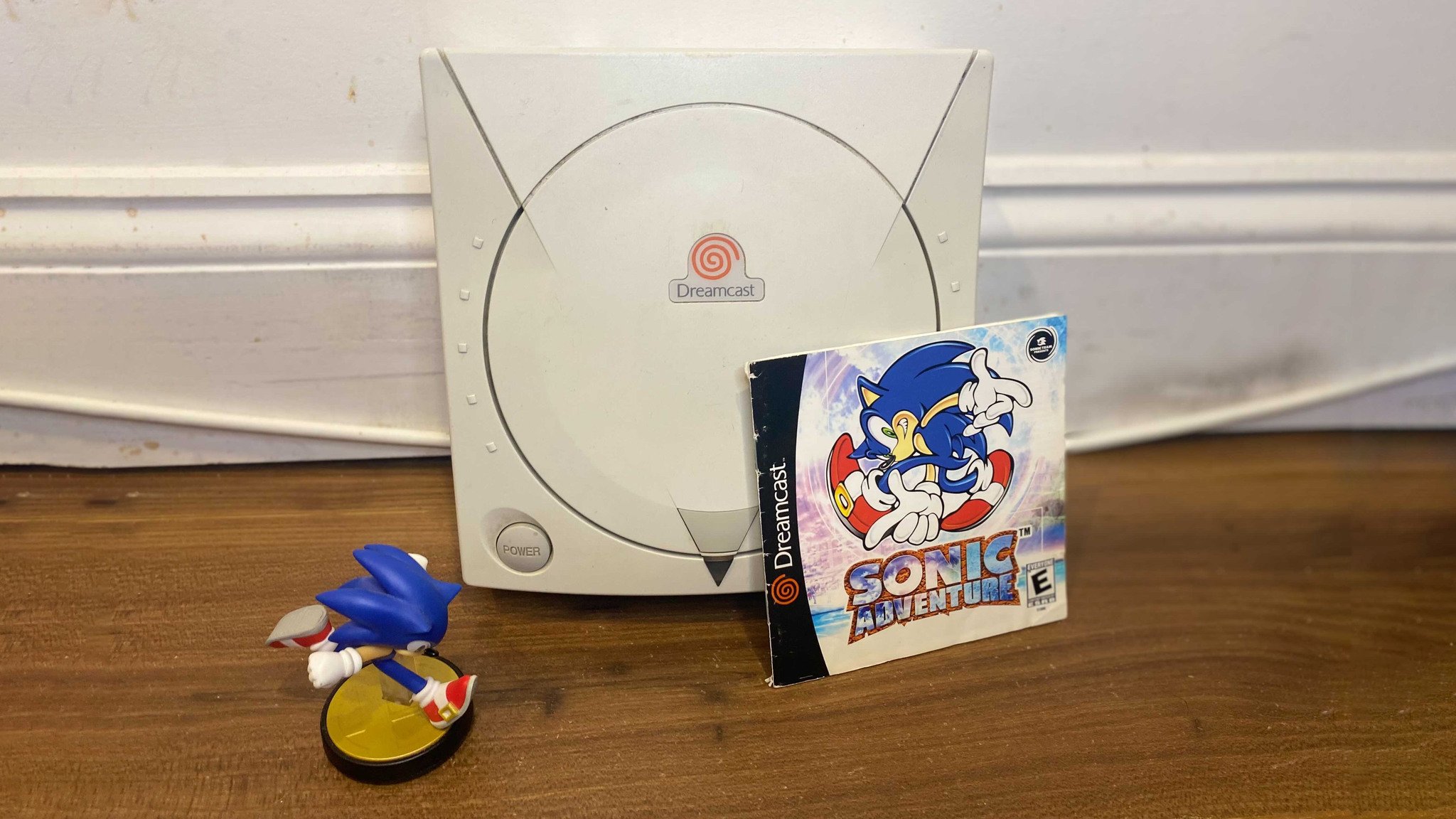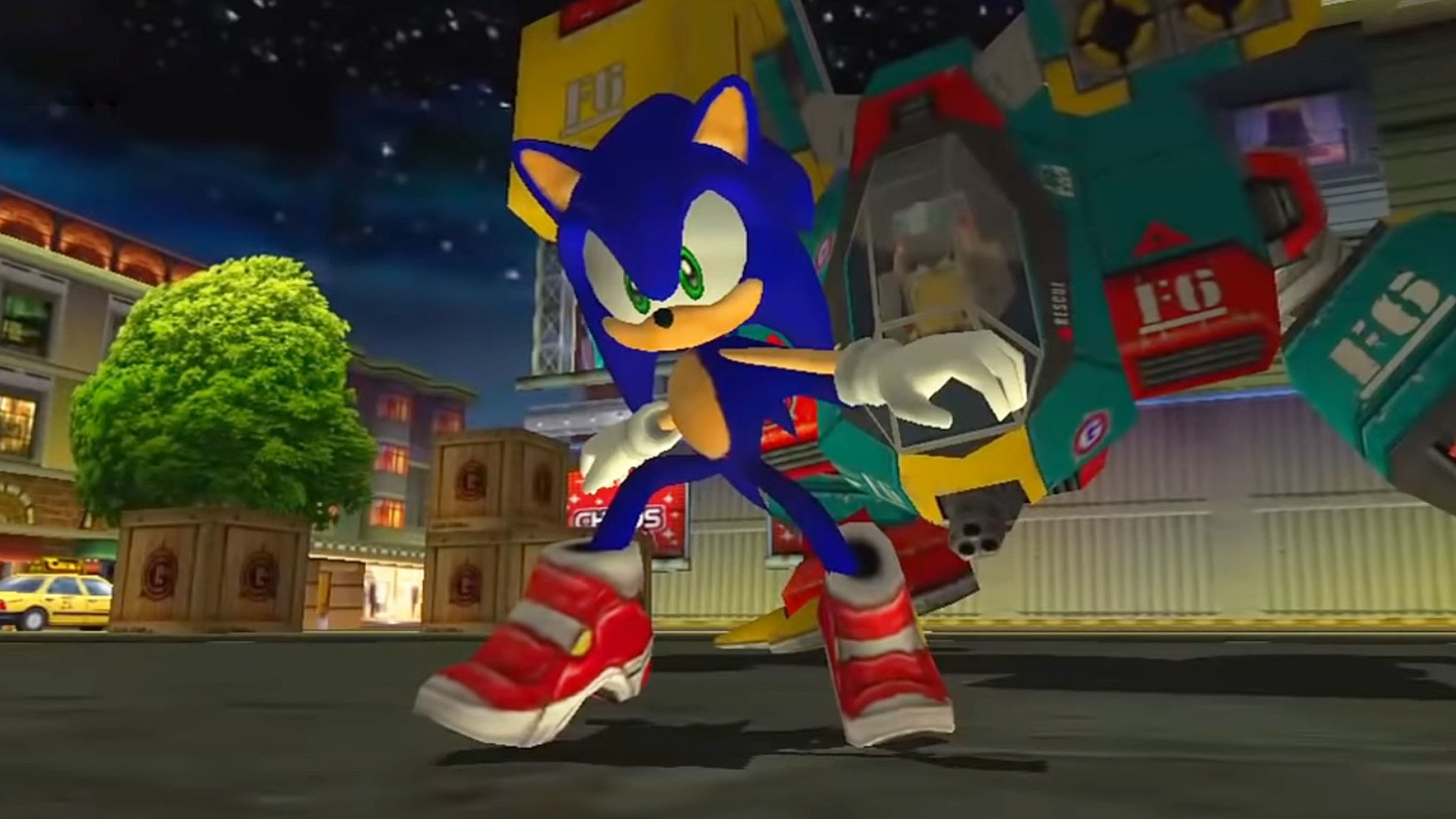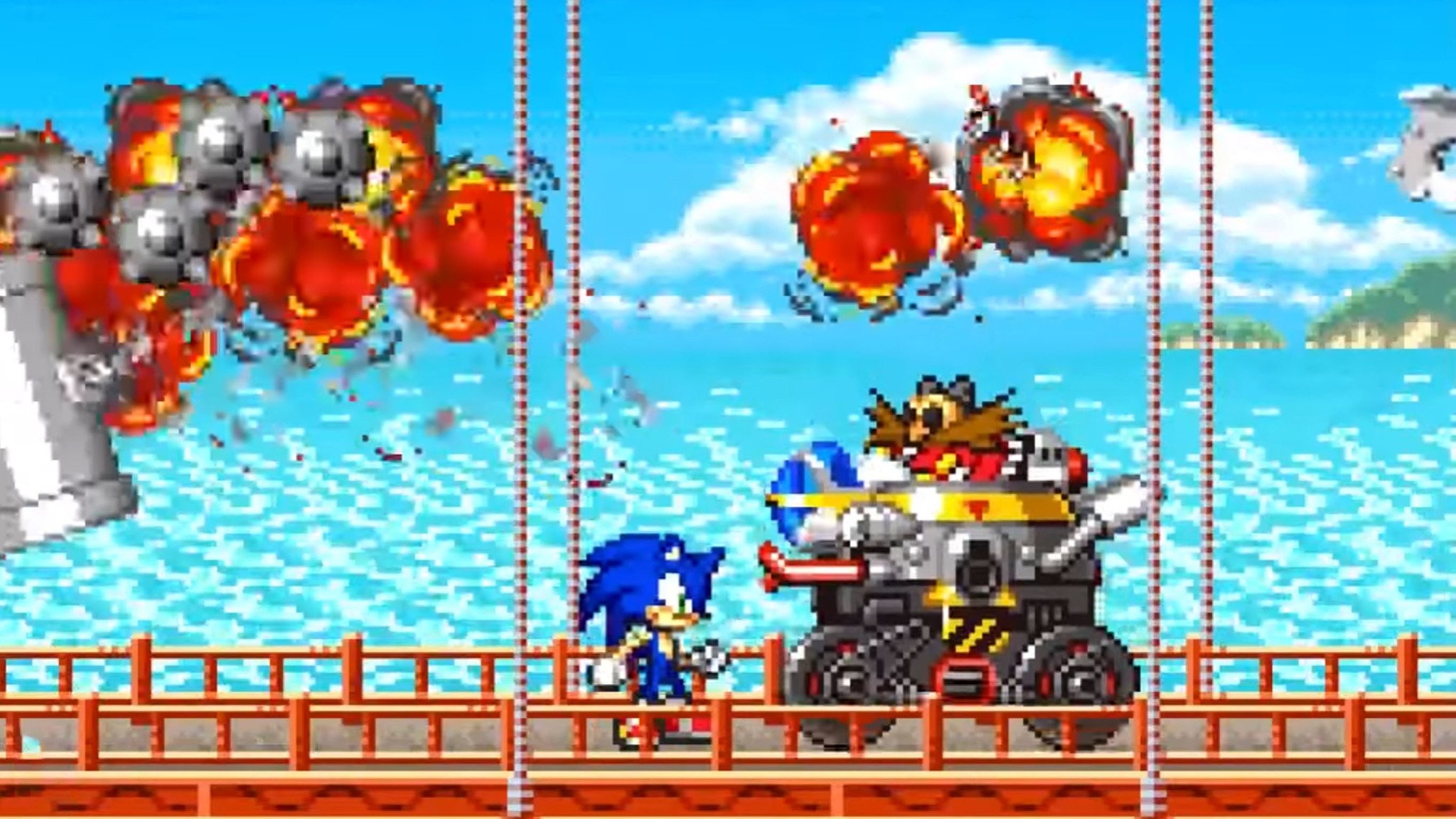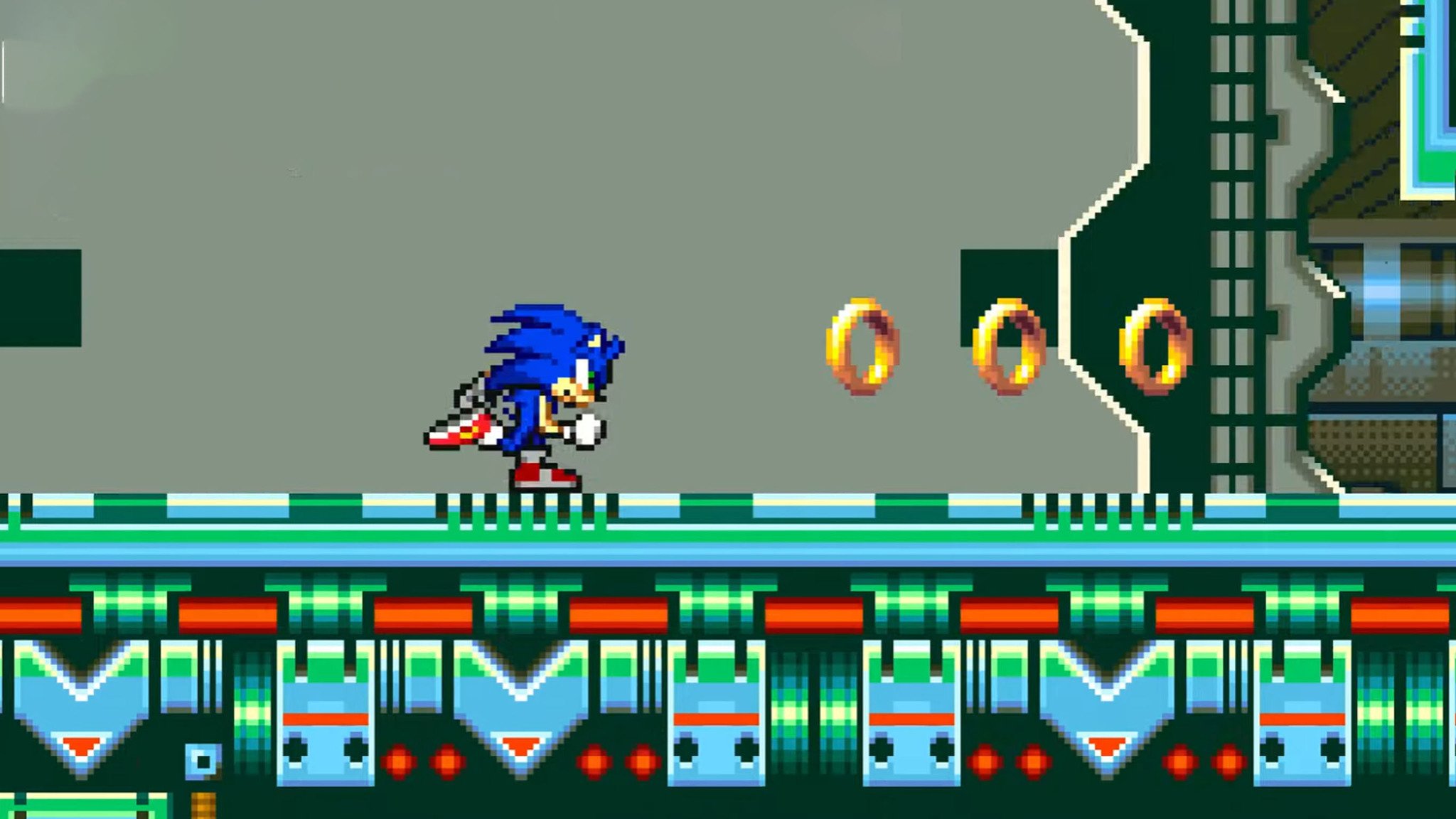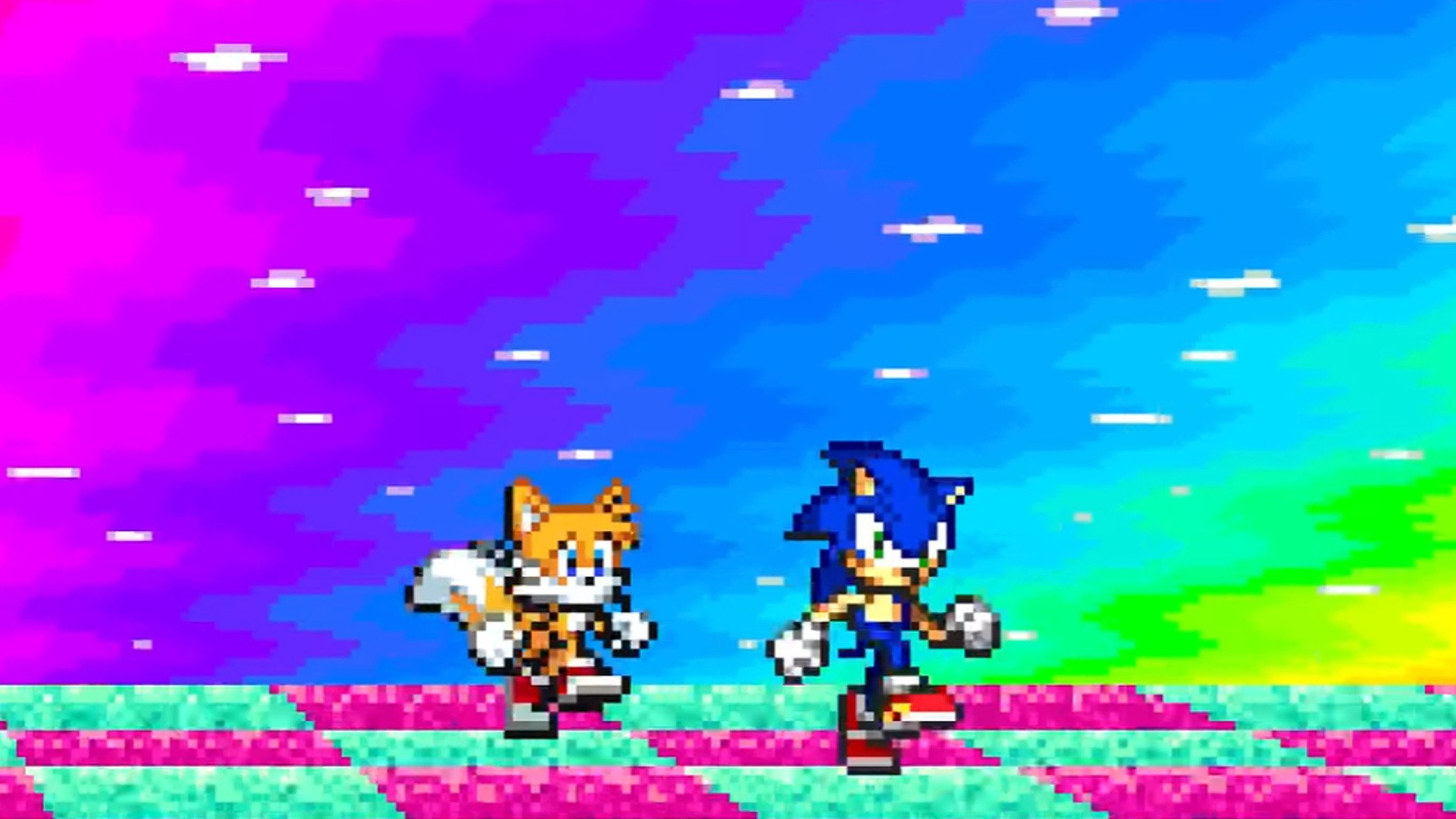Sonic 30th anniversary retrospective: From his highest highs to his lowest lows
Joining his rival: Dreamcast and Game Boy Advance years
In the mid to late 90s, video games saw a shift from 2D sidescrollers to 3D adventures thanks to new technology found in consoles like the Sega Saturn, Sega Dreamcast, Nintendo 64, and PlayStation. The Sega Saturn didn't fair very well, so Sonic's first truly 3D game didn't actually release until the Dreamcast.
Sega also wanted to continue its handheld Sonic games, but considering the low sales of the Game Gear, these games were developed on Nintendo's successful Game Boy Advance. This was surprising to many since there had been such a fierce rivalry between the two gaming companies up until that point.
Sonic Adventure (1998) A real dream
In 1999, Sega released the top-selling Dreamcast game, Sonic Adventure, which was not only Sonic's first truly 3D game, but also added an open-world exploration element while still keeping linear gameplay. This was also the introduction of the pet Chao, which had different skills that made them good for competing in minigame-like sports.
The realistic city visuals provided a new level of detail that hadn't really been seen at the time and toted the Dreamcast's abilities. In fact, many people felt that this was a milestone that changed the gaming world. This title was so popular that it went on to receive two rereleases down the road: The Director's Cut and the HD version.
Sonic the Hedgehog Pocket Adventure (1999) Leaving Sega consoles
Although Sonic Adventure was a top-selling title on the Dreamcast, the console didn't perform as expected. Once we said goodbye to the Dreamcast, Sega put a focus on third-party development and created their first title for another company, Sonic the Hedgehog Pocket Adventure on SNK's Neo Geo Pocket Color. This game returned to the platformer style of the original Sonic games and pulled ideas from many of them, too. Many noted the similarities it had to Sonic the Hedgehog 2.
If you had a link cable and two Neo Geo Pockets, you could play multiplayer with Sonic and Tails. There was a choice between ring collecting or racing competitions.
Sonic Adventure 2 (2001) Sonic reaches a decade
For the 10th anniversary of Sonic, Sega made a sequel, Sonic Adventure 2. It was the last Sonic title on the Sega Dreamcast and was later recreated for Nintendo GameCube under the name Sonic Adventure 2: Battle. As with the previous game, it stuck with the exploration element, stepping away from the traditional platformer and speed focus.
iMore offers spot-on advice and guidance from our team of experts, with decades of Apple device experience to lean on. Learn more with iMore!
In Sonic Adventure 2, players could choose to play on the Hero or Dark Side. There were different storylines based on which side was chosen. Chao could also be in different alignments. Regardless of which side a player chose, there were levels dedicated to searching for treasure, shooting, and running. This was also the game that introduced Shadow the Hedgehog and Rouge the Bat, who have both gone on to become staple characters in the franchise.
The original Dreamcast game received positive reviews, with people praising the visuals, soundtrack, and playstyle. But strangely enough, the GameCube version, which released six months later, wasn't received as well with critics saying it wasn't enough of an improvement over the first game.
Sonic Advance (2001)
This was the first Sonic title to be released solely on a Nintendo system: the Game Boy Advance. While it was similar to the Genesis games, it provided vibrant visuals and new stages for people to explore. One of the biggest criticisms was that it didn't take very long to beat it and relied too much on the existing Sonic formula. Despite that, it sold over 1.21 million copies, making it one of the best-sellers on Nintendo's handheld, and it's still looked back on fondly today.
Sonic Advance 2 (2002)
With Sonic Advance receiving criticism for the short gameplay, Sonic Advance 2 upped the amount of content. There were also graphic improvements as well as difficulty adjustments compared to the original, which not everyone was a fan of.
It also sold well, reaching 1.016 million copies worldwide. The graphics had been updated from the first game and many felt that it had more replay value from previous games due to the large stages that provided multiple ways to complete. However, some noted that the game didn't really do anything to add to the existing Sonic experience.
Sonic Heroes (2003)
Sega released its first multi-platform Sonic title in 2004 with Sonic Heroes on GameCube, PS2, Xbox, and Windows. With Sonic Heroes, Sega walked away from exploration and integrated a more linear story, but stepped more into 3D platformer territory, adding a modern twist while implementing elements that hadn't been seen since the Genesis.
However, this wasn't necessarily what fans were looking for. That and the glitchy camera angles made this a difficult game to love for some. Additionally, some folks didn't like that the game focused on playing as a team of Sonic characters rather than the titular hedgehog. Either way, this game sold incredibly well, reaching over 3.4 million sales worldwide.
Sonic Advance 3 (2004)
The final Sonic Advance game was also the last Sonic game on the Game Boy Advance. Players selected two characters to play as, one for the main and one sidekick controlled by the computer. The different pairings offered various benefits depending on what characters are chosen. While some thought this new feature made it so you could play the game again and again, others felt like it didn't add enough to be different from other Sonic titles — a recurring problem that we still see today.
- Alex Huebner

Gaming aficionado Rebecca Spear is iMore's dedicated gaming editor with a focus on Nintendo Switch and iOS gaming. You’ll never catch her without her Switch or her iPad Air handy. If you’ve got a question about Pokémon, The Legend of Zelda, or just about any other Nintendo series check out her guides to help you out. Rebecca has written thousands of articles in the last six years including hundreds of extensive gaming guides, previews, and reviews for both Switch and Apple Arcade. She also loves checking out new gaming accessories like iPhone controllers and has her ear to the ground when it comes to covering the next big trend.

